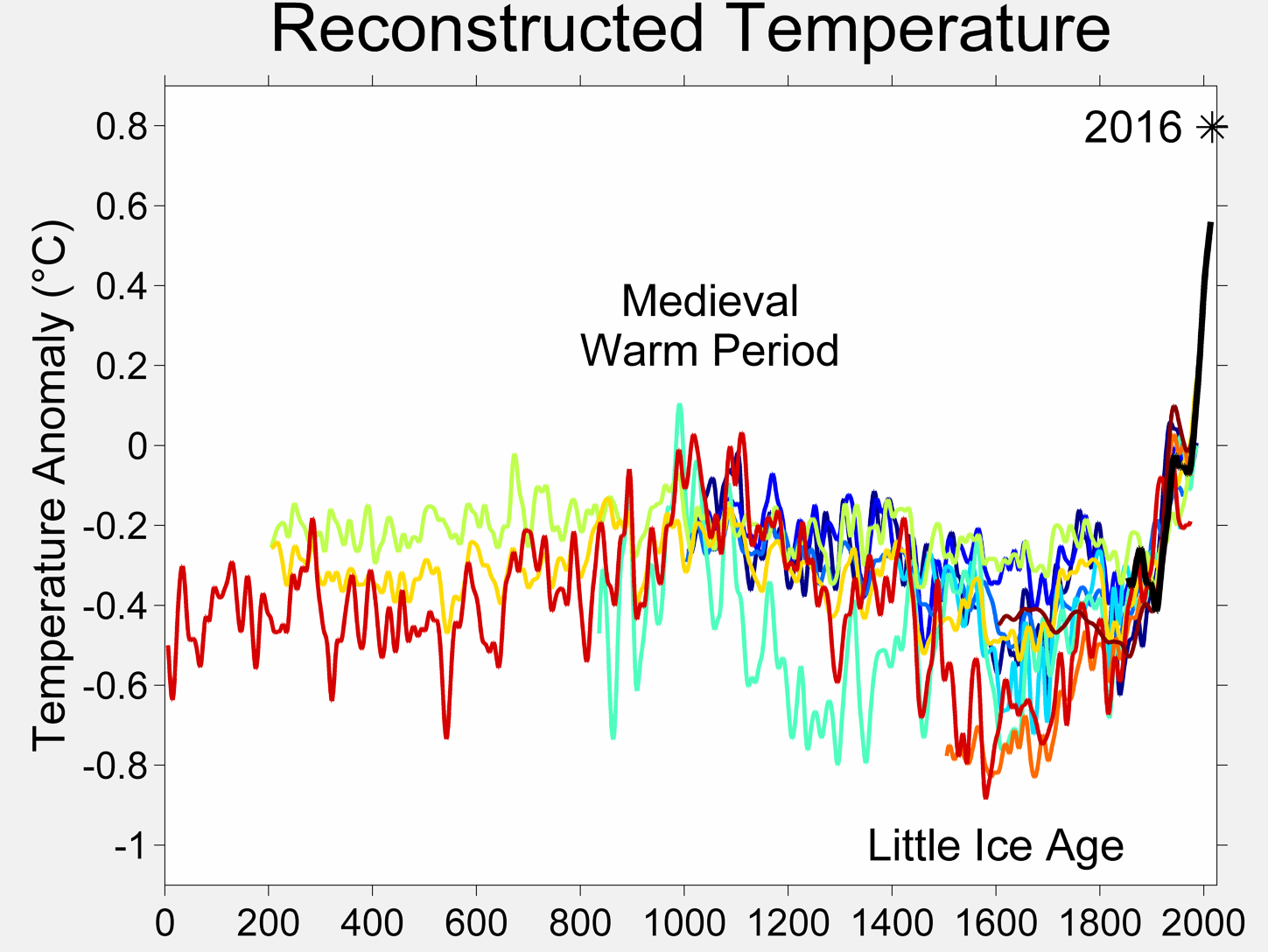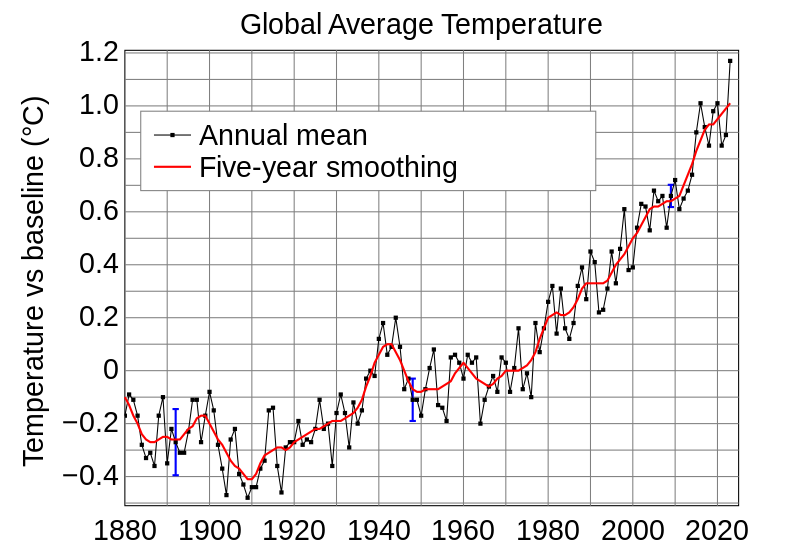- Thread starter
- #81
Damn that Fred Flinstone.You could ask the four people that just died in Arizona. Besides, didn't I just say it wasn't absolute temperature but RATE? Haven't said that a hundred times before?
You could ask the four people that just died in Arizona.
Oh, 4 people died in Arizona? I guess that's all I need to end the use of all fossil fuels.
Besides, didn't I just say it wasn't absolute temperature but RATE?
Rate? In post #72 I asked, "Starting at what point, ending at what point, the temperature rose by how much?"
It's almost like I was asking the temperature change between 2 points in time. You know, RATE.
Figure 6.Climate changes associated with the Younger Dryas, highlighedhere by the light blue bar, include (from top to bottom): cooling and decreased snow accumulation in Greenland, cooling in the tropical Cariaco Basin, and warming in Antarctica. Also shown is the flux of meltwater from the Laurentide Ice Sheet down the St. Lawrence River. Sources: Alley (2000),Lea et al. (2003), EPICA (2004), Licciardi et al. (1999).
The Late Pleistocene extinction event saw the extinction of many mammals weighing more than 40 kg.
Quaternary extinction event - Wikipedia, the free encyclopedia
- In North America around 45 of 61 genera of large mammals became extinct.
- In South America 58 of 71
- In Australia 17 of 18
- In Europe 21 of 37
- In Asia 24 of 46
- In Subsaharan Africa only 8 of 50
Pretty solid evidence of a rapid climate change that resulted in major extinctions in North America.


